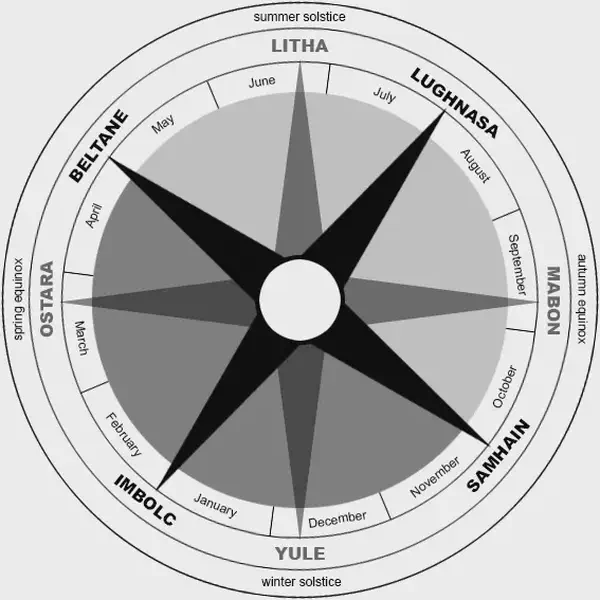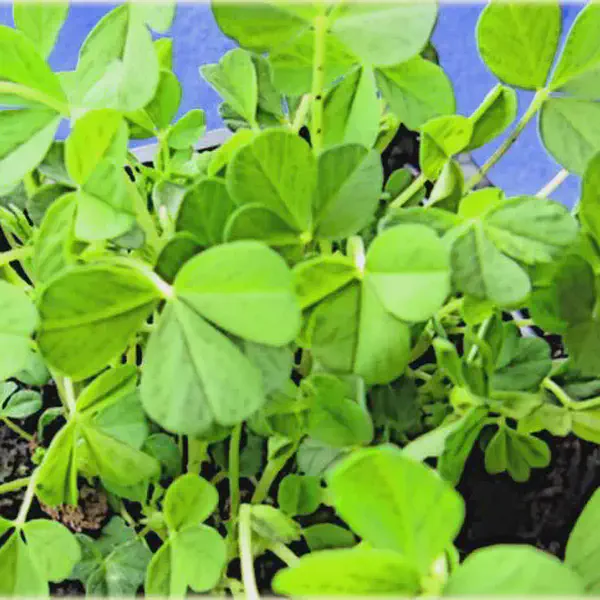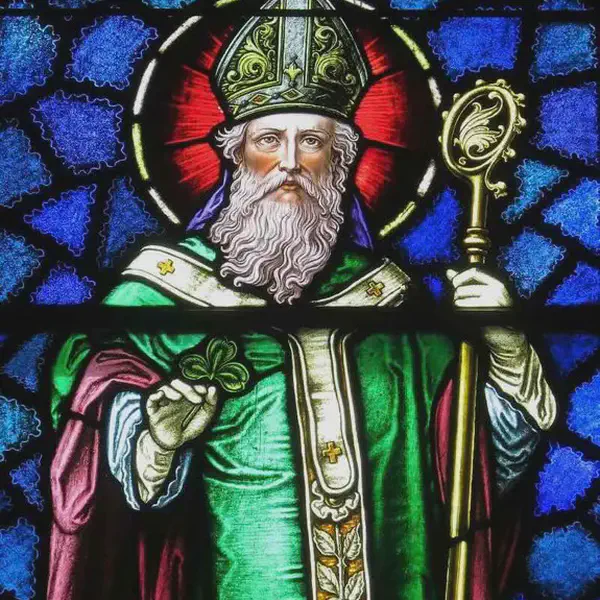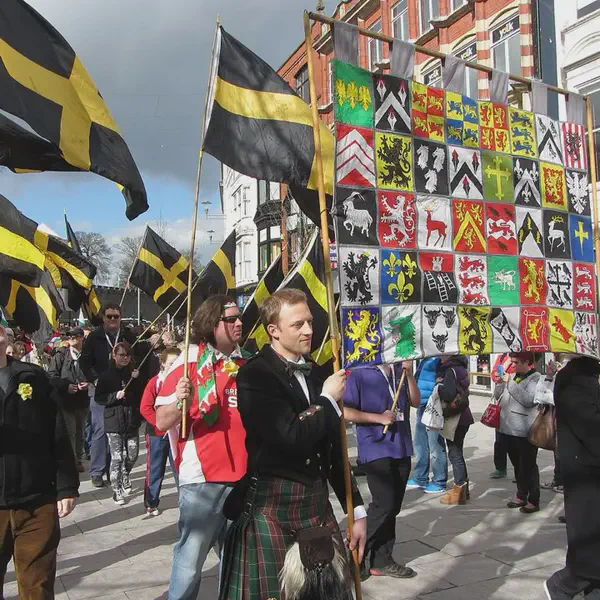
Hunt the Gowk, Scottish equivalent of April Fools Day (gowk is a cuckoo)
Hunt the Gowk, 1st April

Alban Eilir, Welsh bardic name for Spring Equinox
The first day of spring, or the spring (Vernal) equinox was celebrated March 21. Alban Eiler, which means, Light of the Earth, was the day that night and day stood equal. Crops were typically sown at this time. Birds nest and lay their eggs and symbolize for us the egg which has been within the goddess growing since Midwinter. The eggs of birds are colored and eaten in celebration of the emergence of the Son from the womb of the goddess on this day. With the birth of the Son, our mother goddess is transformed back into the virgin goddess Boand or Sophia. She celebrates the birth of the Son with the father god, the Dagda or The All That Is. The fairies and Nature Spirits join in the celebration so food and milk offerings are left outside for them. This is a time of Balance, Sexual Awakening and Fertility – the planting of Spring flowers is an excellent sign of understanding.

Sheelahs Day
Sheelah’s Day, also known as Sheelagh’s Day, (Ir. Lá ’le Síle) is an Irish cultural holiday celebrated on 18 March which coincides with St. Patrick’s Day. While the holiday is no longer widely celebrated in Ireland, there are still associated festivities celebrated throughout the Irish diaspora in Australia and Canada.

Happy St. Patricks Day !
St. Patrick, the patron saint of Ireland, is one of Christianitys most widely known figures. Apostle of Ireland, born at Kilpatrick, near Dumbarton, in Scotland, in the year 387; died at Saul, Downpatrick, Ireland, 17 March, 493.

St. David's Day
St. David’s Day is celebrated on March 1st each year, in honor of St. David, the patron saint of Wales.